Warewashing What is it
Sani-Servant – Warewashing Overview
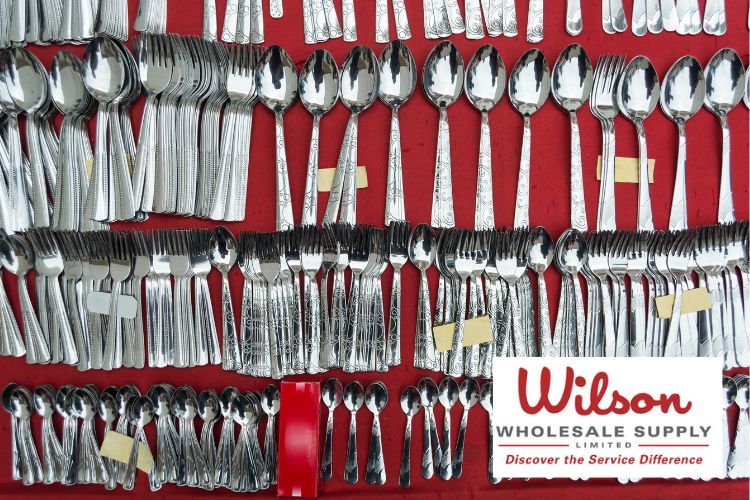
Warewashing refers to the process of cleaning and sanitizing dinner wear, utensils, and other food-contact items in a commercial kitchen.
The purpose of warewashing is to ensure that these items are free from dirt, debris, and harmful bacteria, making them safe for use in meal preparation and service.
Sani-Servant is a type of warewashing machine that uses high-temperature water and detergents to clean and sanitize dishes and other food-contact items.
The Sani-Servant machine typically includes a wash tank, a rinse tank, and a sanitizer tank, which work together to effectively clean and sanitize dishes.
In terms of the warewashing overview, it is a critical aspect of food safety in any commercial kitchen.
Proper warewashing practices ensure that all food-contact items are free from harmful bacteria, protecting both the meal and the consumers who will be eating it.
It is important for commercial kitchens to invest in high-quality warewashing equipment and to train their staff in proper warewashing techniques to ensure that they are meeting all regulatory requirements and providing safe, clean food-contact items.
Is it Warewashing or Ware Washing?

The proper spelling of the term is “warewashing.” It is a combination of two words, “ware” which refers to dinner wear, utensils, and other food-contact items, and “washing” which refers to the process of cleaning and sanitizing these items.
The term “ware washing” is a common misspelling of the word, but it is not recognized as the standard spelling in the industry.
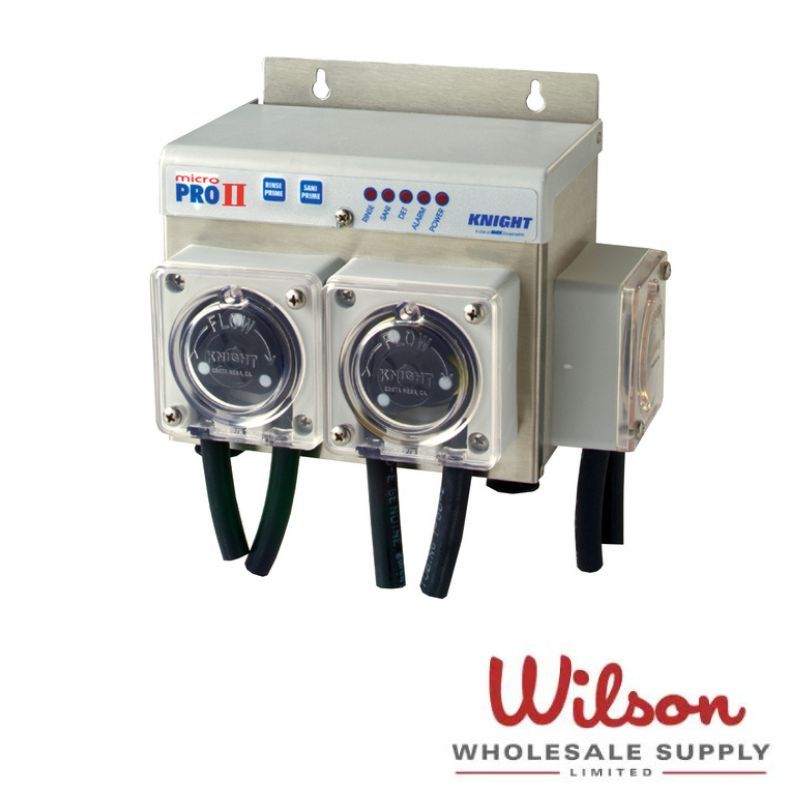
Click To Learn More about Warewashers
When referring to the process of cleaning and sanitizing dishes and other food-contact items in a commercial kitchen, it is important to use the correct spelling of “warewashing” to ensure that the term is understood accurately and consistently.
Whether you are a food service worker, a health inspector, or simply someone who is interested in learning more about meal safety, using the correct spelling of “warewashing” instead of “ware washing” is an important part of effective communication in this field.
Manual Warewashing
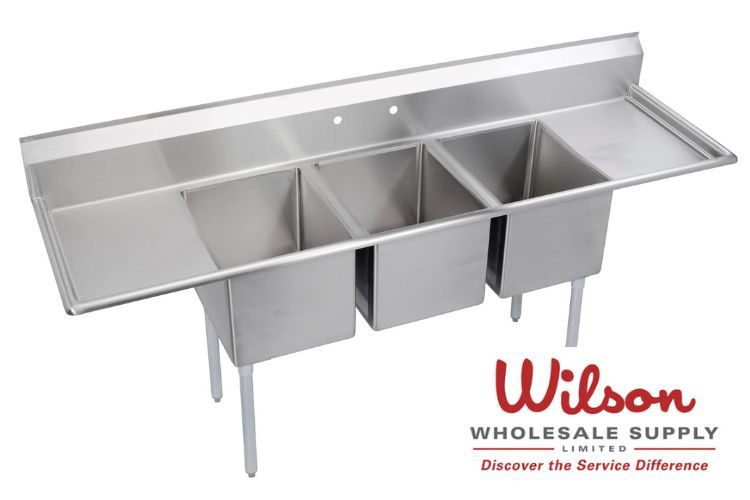
Manual warewashing refers to the process of cleaning and sanitizing dinner wear, utensils, and other food-contact items by hand, rather than using a dishwasher. This method of warewashing is often used in small kitchens, such as those found in cafes or family-style restaurants, where the volume of dishes is not too high to justify the expense of a washer.
In warewashing, dishes and other food-contact items are washed in a sink or basin using hot water and chemicals. After being washed, the items are rinsed in clean hot water and sanitized using a sanitizer solution.
The sanitizer solution is typically a chemical liquid, such as chlorine or quaternary ammonium compounds, which is effective in killing harmful bacteria and other microorganisms that can cause foodborne illnesses.
The warewashing method is critical in maintaining food safety and preventing the spread of harmful bacteria in food service environments.
It is important for food service workers to be trained in proper manual techniques to ensure that they are following all regulatory requirements and providing safe, clean food-contact items.
What are the Two Types of Warewashing

There are two types of warewashing methods commonly used in foodservice operations: high temp and low temp. High temp warewashing machines use high water temperatures, typically above 140°F, to effectively sanitize dinner wear.
This method is highly effective in killing bacteria and other pathogens, but it is also more expensive to operate due to the cost of heating the water. Low temp warewashing method, on the other hand, rely on chemical sanitizers to sanitize dishes.
These systems are more economical to operate, but their effectiveness can be impacted by factors such as the concentration of the sanitizer and the length of time the dishes are exposed to it.
Both types of warewashing methods have their own advantages and disadvantages, and choosing the right type will depend on the specific needs and budget of the foodservice operation.
6 Steps for Manual Warewashing Process
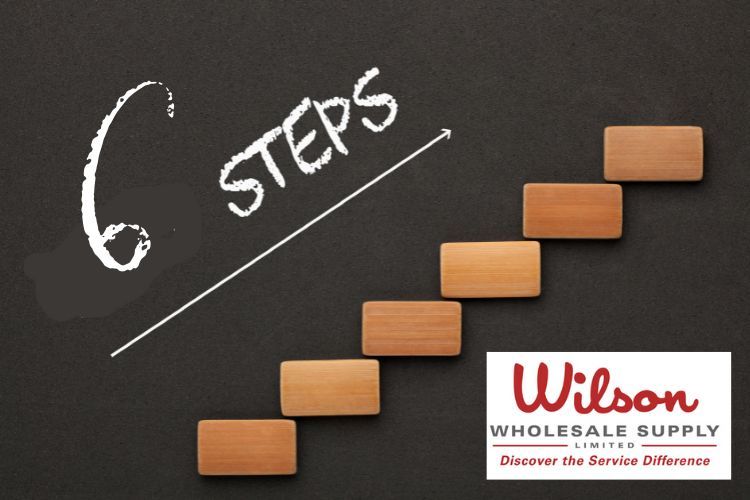
1, Gather all necessary supplies: Before starting the warewashing process, gather hot water, detergent, a sanitizer liquid, and any other necessary supplies, such as brushes or sponges for hand washing.
2, Wash the dinner wear in a three-compartment sink: Fill a sink or basin with hot water and add detergent. Place the dirty dishes in the sink or basin and wash each item thoroughly, using a brush or sponge to remove any particles or debris.
3, Rinse the dinner wear: After washing, rinse each item thoroughly with hot water to remove any remaining soap or particles.
4, Sanitize the dishes: Prepare a sanitizer liquid following the manufacturer’s instructions. Immerse each item in the liquid for the recommended amount of time, making sure that all surfaces are in contact with the solution.
5, Air dry the dishes: After being sanitized, allow the items to air dry completely before stacking or storing. Do not towel dry or touch the inside or outside surfaces of the items, as this can re-contaminate them.
6, Store the dishes: After the items are completely dry, stack or store them in a clean, dry place.
It’s important to follow these steps in order to properly manual warewash dishes and other food-contact items. By following these steps, you can ensure that the items are clean, sanitized, and safe to use in meal preparation and service.
Additionally, it is important to follow all relevant health and safety regulations and guidelines to ensure that the manual process is effective and in compliance with all regulations.
Cost of Warewashing

The price of warewashing can vary greatly depending on several factors such as the type of washer being used, the amount of dishes being washed, the cost of detergents and sanitizers, and the cost of water and electricity.
The initial investment for purchasing a dishwasher can range from a few thousand dollars for a basic model to tens of thousands of dollars for a high-end machine. In addition, there are ongoing expenses such as the cost of detergents, sanitizers, and water, which can add up quickly.
The cost of electricity and gas to operate the machine can also be a significant expense, especially for businesses that run their dishwasher on a regular basis. In order to keep warewashing costs under control, it is important for businesses to carefully consider the type of machine they purchase and to implement efficient operating practices, such as using energy-saving settings and reducing water usage.
Commercial Dishwashing Equipment
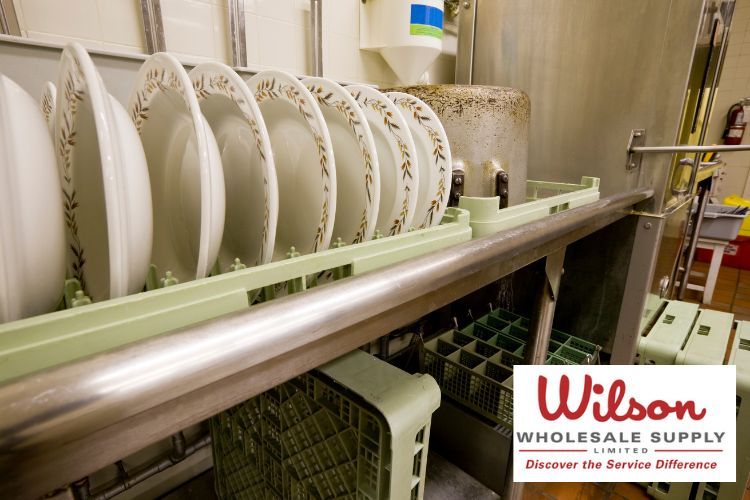
There are several types of commercial dishwashing equipment available on the market, each with its own unique features and benefits. The most common types include flight machines, conveyor dishwashers, and door-type dishwashers. Flight type dishwashers are designed for high-volume operations and are typically used in large kitchens and restaurants.
Conveyor dishwashers are also designed for high-volume operations, but they feature a conveyor system that allows dinnerware to be loaded and cleaned continuously.
Door-type dishwashers are the most versatile type of washer, and are suitable for a wide range of operations, from small cafes to large-scale kitchens.
Another type of commercial washer is the under-counter washer, which is compact and ideal for small kitchens and bars. Other types of dishwashing equipment include hood-type dishwashers, rack conveyor dishwashers, and pot, pan and utensil washers. Each type of commercial dishwashing equipment has its own advantages and disadvantages, and choosing the right type of machine will depend on the specific needs and budget of the business.
Food Contact Surfaces and Dirty Dishes
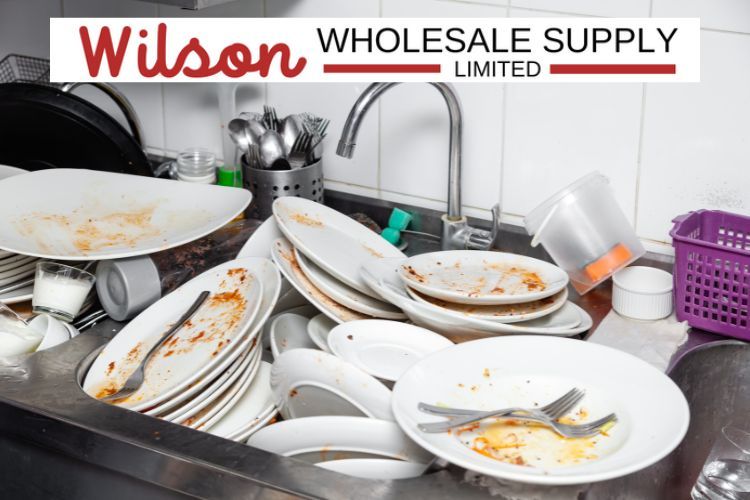
Food contact surfaces and dirty dishes are potential sources of cross-contamination and can spread harmful bacteria, viruses, and other pathogens if not properly cleaned and sanitized. In food service settings, it is crucial to clean and sanitize meal contact surfaces and dishes after each use to prevent the spread of foodborne illness.
This includes utensils, cutting boards, countertops, and any other surface that comes into contact with your meal. Dirty dishes and utensils should be thoroughly cleaned with soap and hot water before being sanitized with a chemical sanitizer or by exposing them to high heat in a washer.
Proper cleaning and sanitizing procedures are essential to maintaining a safe and healthy food service environment and to preventing the spread of illness.
A Clean Restaurant Is a Successful Restaurant
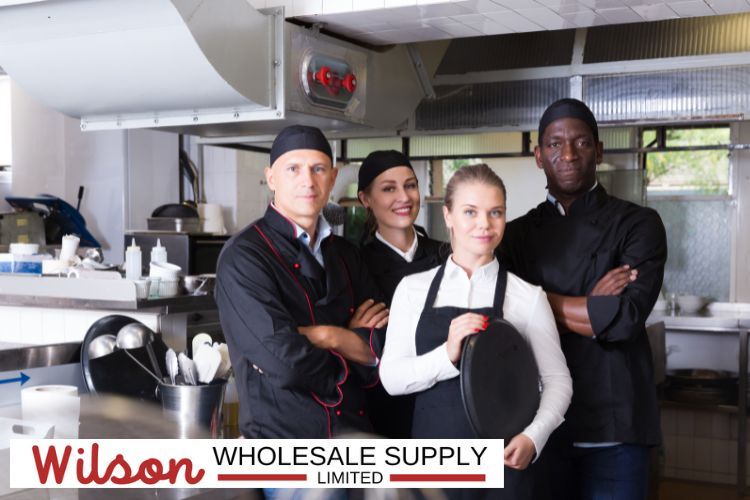
Maintaining a clean and hygienic restaurant environment is essential for the health and safety of customers and staff. Clean dishes are a key component of this and ensuring that water quality is at the same level for every wash is important for consistent results.
To assist with this, there are many professional cleaning solutions available that are specifically designed for use in a restaurant setting. These solutions can range from concentrated detergents to specialized sanitizers and can be used to take care of a wide range of cleaning tasks. With more options available, it’s important to choose the best solution that fits the specific needs of the restaurant.
Having a professional cleaning office in place can also help ensure that all cleaning tasks are performed correctly and consistently, further contributing to a safe and healthy environment for all.
Summary

Warewashing is the process of cleaning and sanitizing food-contact items in a commercial kitchen, such as dinnerware and utensils. Sani-Servant is a type of warewasher that uses hot water and detergents to clean and sanitize the items. Proper warewashing is critical for meal safety, as it helps to remove dirt, debris, and harmful bacteria from food-contact items.
There are two main types of warewashing methods: high temp, which uses hot water to sanitize, and low temp, which uses chemical sanitizers. Manual warewashing, done by hand, is often used in small kitchens. The manual process involves 6 steps: gather supplies, wash the items, rinse, sanitize, air dry, and store. Proper training in manual warewashing techniques is important to ensure meal safety and regulatory compliance.
Thank You for Reading Our Blog: Warewashing What is it?
Wilson Wholesale Supply offers FREE Local Deliveries in the Fraser Valley!!!
Links
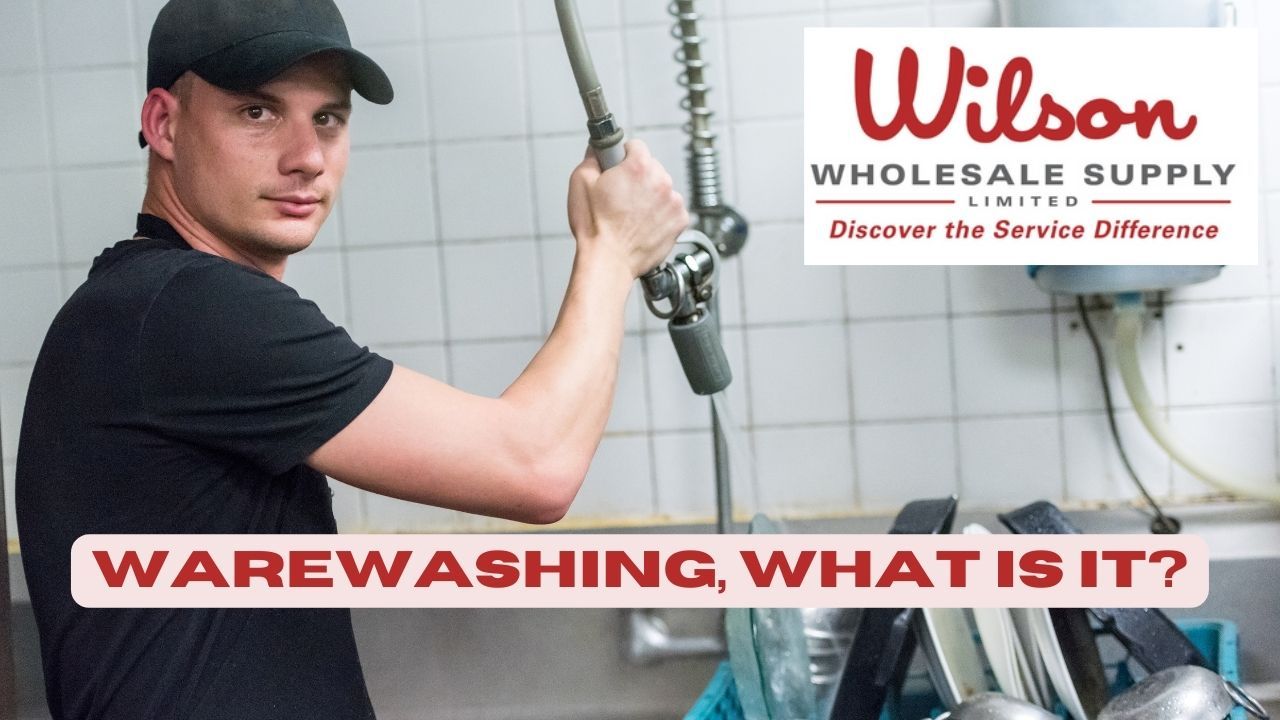
0 Comments